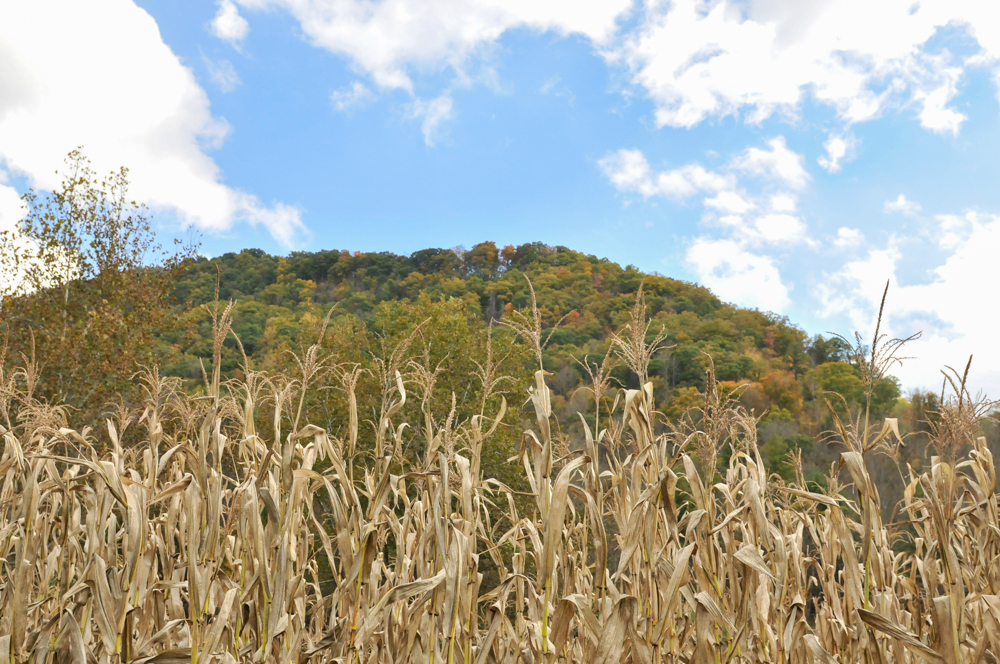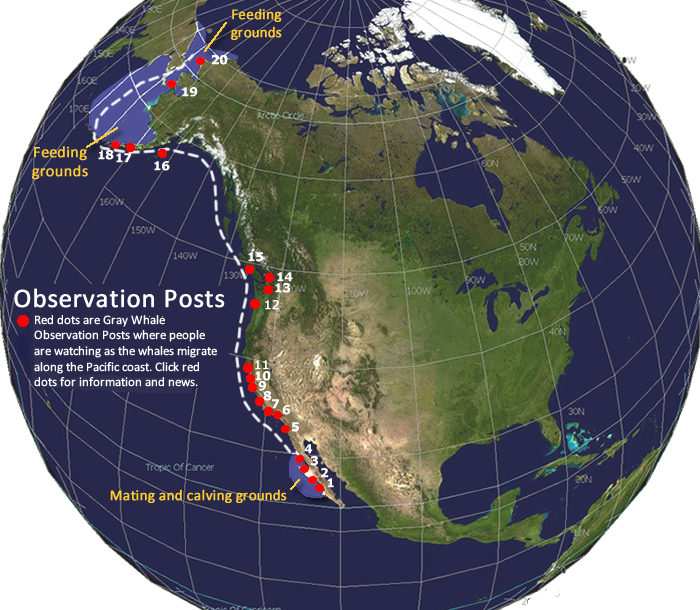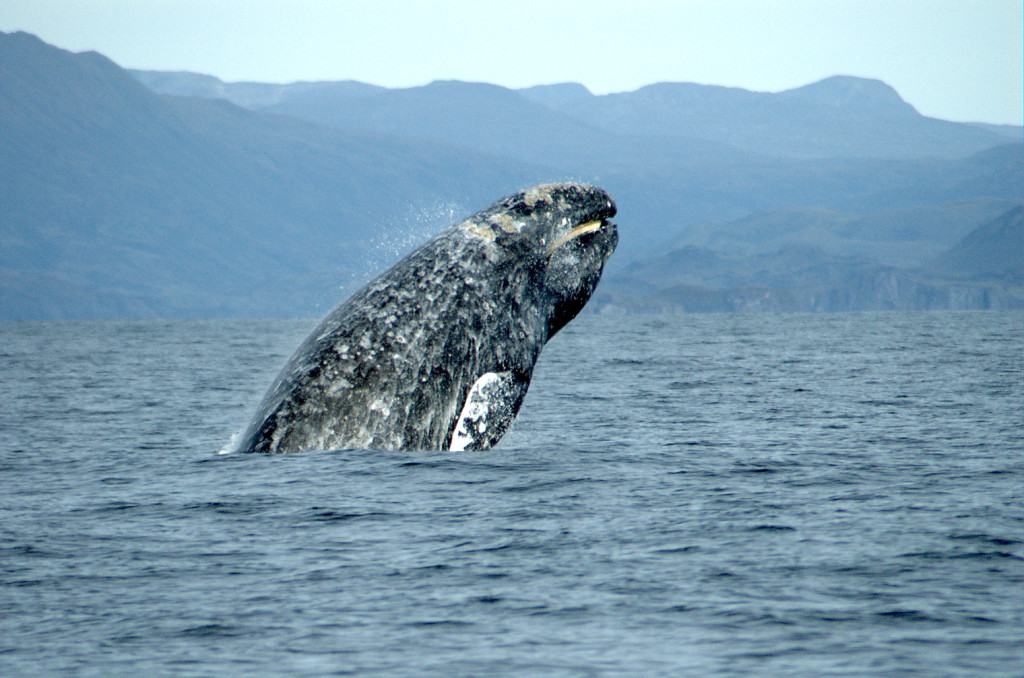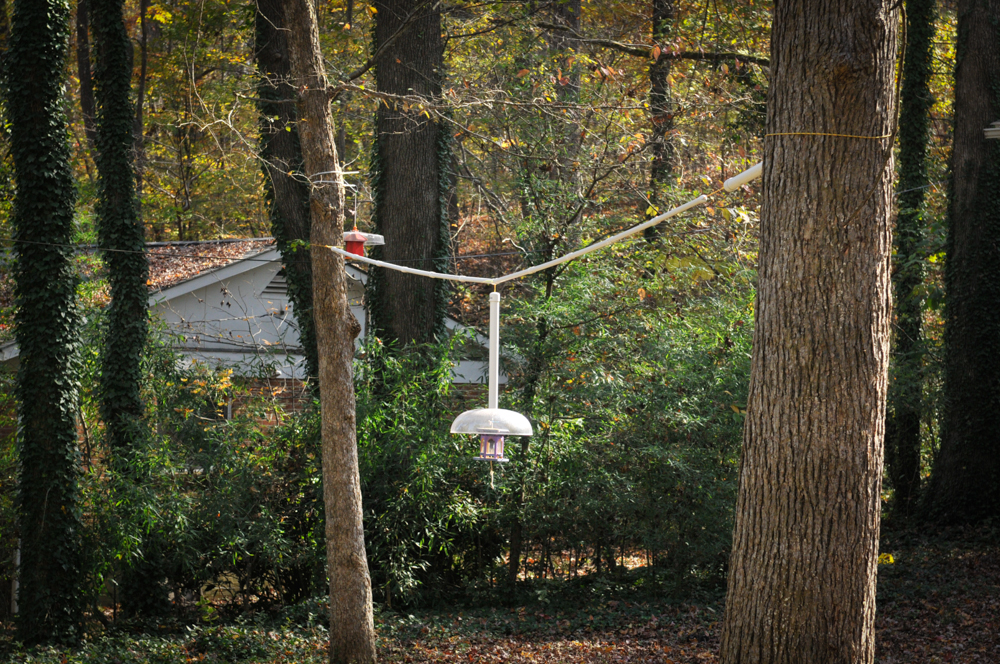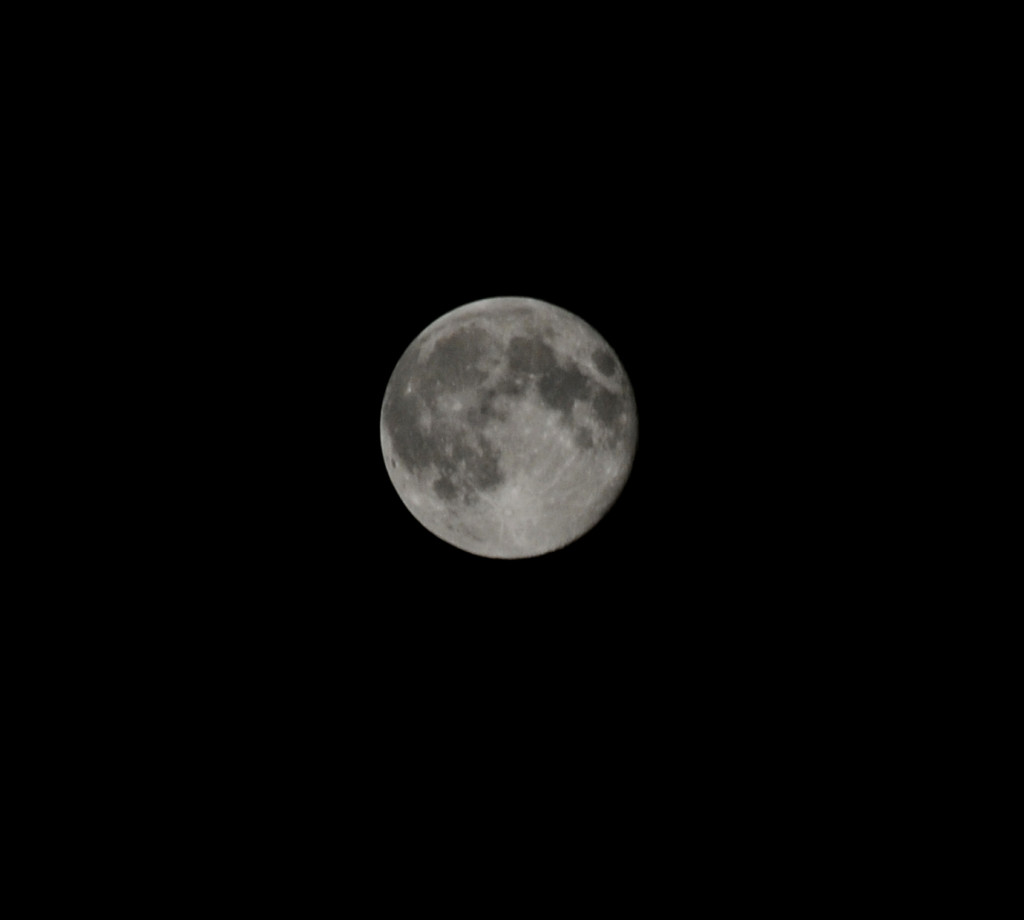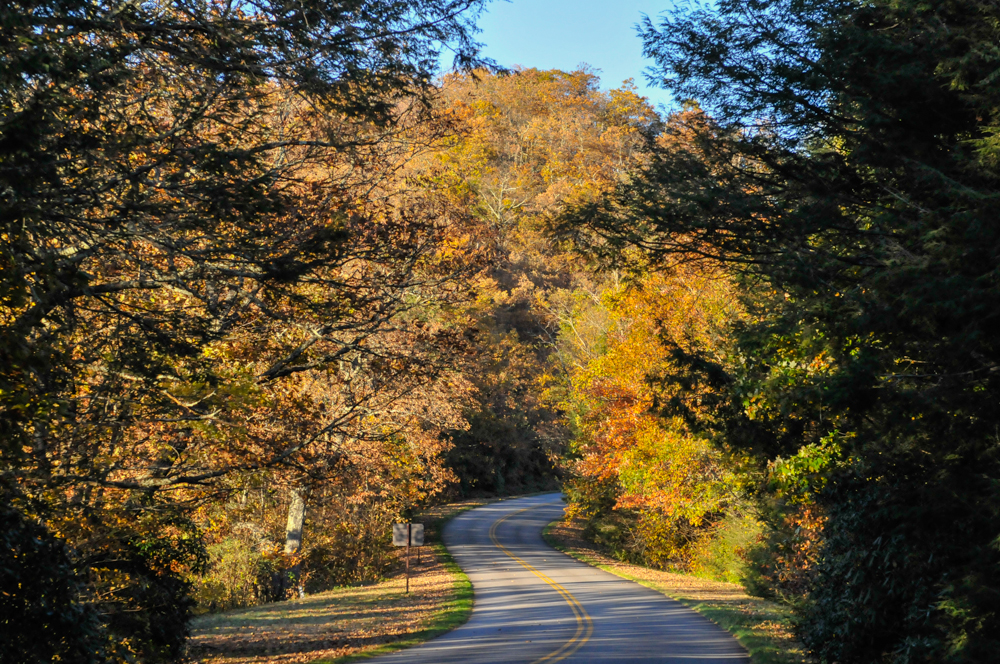On the first Wednesday of each month we like to pause and take a look at what’s going on in the world around us, with a particular focus on animal activity, celestial events, and our farmers’ fields.
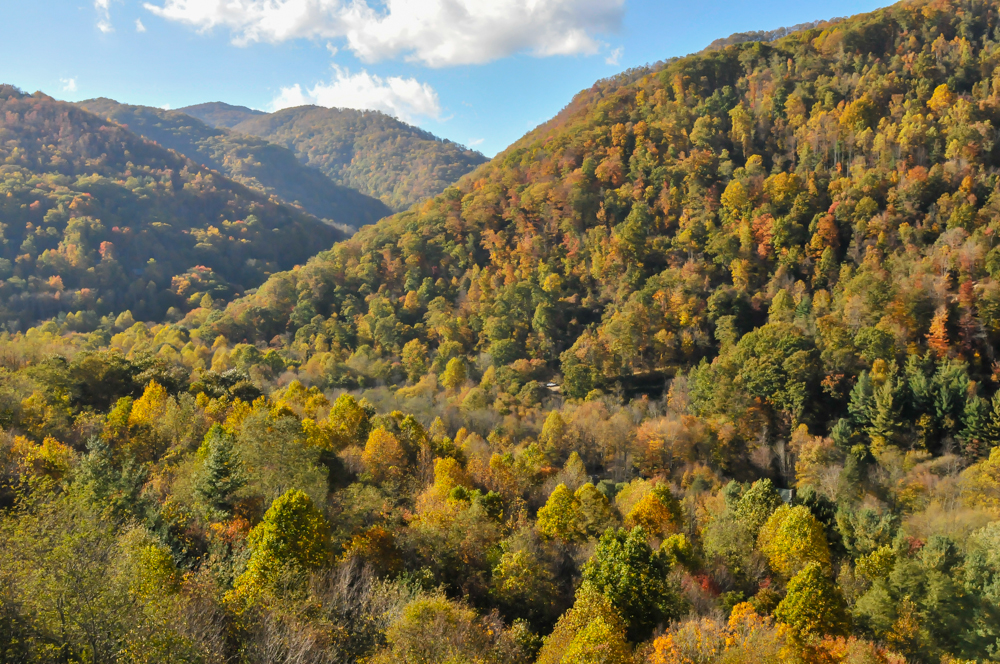
 Happy fall y’all. I’m positive that’s not the first time I’ve used that phrase here this year, but whatevs it’s fall and I live in the south, I can
Happy fall y’all. I’m positive that’s not the first time I’ve used that phrase here this year, but whatevs it’s fall and I live in the south, I can say type y’all all I want! Autumn is way up there on my list of favorite seasons, they’re pretty much all my favorites, except winter, winter is the middle child bratty step child, but we’re working on our relationship. For me, Autumn is a time of no excuses, I try to get outside as much as possible even in the rain.
I truly love hiking all year round, but there’s something spectacular about walking through the woods during fall. The air is cool, crisp and clean and the colors can keep my camera and I occupied for hours. The summer humidity and bugs are almost nonexistent and there seems to be activity in the thick of the woods. Animals are bulking up before hunkering down to wait out the winter. Just like the woodland creatures, humans are stocking up on food and hunting as well. If you are going to hiking during the fall, and you really should, besides extra camera batteries, here are some things to keep in mind:
Wear bright colors. Just a splash of neon orange or green should do. If you have a dog that looks and prances like a deer, Catahoula Cash I’m talking about you, think about buying him or her a neon collar or a bright orange doggie vest.
Make a bit of noise. You could hang a bear bell on your pack or simply whistle a little tune, but don’t creep along like potential prey. Hunters will be listening for the slightest noises, so make yourself known. Cash has two tags on his collar that clink and jingle when he runs or shakes. Whenever he runs off in the woods, even if I can see him, I can usually hear him.
Know when hunting season is in session. Look up a chart to be better informed about which hunting season is when. I found this comprehensive guide to hunting in North Carolina, so I know when to be prepared.
Know your comfort level. If all this talk of preparing to avoid a potential bullet flying by is creeping you out a bit, simply walk on state or national park lands and you can avoid hunters all together.
Mammals on the Move
Last year, we highlighted the epic humpback whale migration that takes place every November and this year we’re featuring the gray whale. According to researchers, gray whales have the longest migration route of any mammal. Sorry humpbacks, we know you’re the runner up, but we gotta give the gold to the grays. Eastern North Pacific gray whales make a 12,400 mile round trip between their southern breeding grounds off Baja California, Mexico and their northern feeding grounds off Alaska and the Beaufort Sea. The gray whales travel fairly close to the shoreline so spectators can often spot the small traveling pods. Gray whales are actually quite solitary, but they do occasionally travel in small groups. During November, they whales move south to breed in the warm, shallow lagoons along the Mexican coast. The most popular breeding lagoons are San Ignacio lagoon, Scammon’s lagoon, and Magdalena Bay, on the Pacific coast of Baja California, Mexico.
Gray whales can grow up to 50 feet long and weigh more than 80,000 pounds. They have a mottled gray body and small eyes located just above the corners of their mouth. Gray whales lack a dorsal fin, but instead have a dorsal hump. The hump is located about two-thirds of the way back on their body and a series of 8-14 knuckles, or small bumps, lay between the dorsal hump and the tail flukes. Gray whale calves are born with a dark gray coloration, but they lighten as they age. If you’ve ever spotted a gray whale, you know that they are mottled with lighter patches, and have barnacles and whale lice on their bodies, with higher concentrations found on the head and tail. Did you know, similar to counting rings on a tree trunk, you can tell a whale’s approximate age by counting the layers of earwax? Well kinda, The age of large whales in the family Balaenopteridae can be estimated by counting the layers present in waxy ear plugs, which are formed in the auditory canal. Want a mini teaching moment with your little ones? This two minute video of the Gray Whale migration is perfect.
Now let’s turn our thoughts to a mammal that’s a bit smaller, the grey squirrel. The autumn woods are a flurry of activity thanks to these little guys. Grey squirrels can reach a size of 12 inches long with their tales almost doubling their size at 9 inches long. Like the gray whales, females are a bit bigger than males topping the scale at 1.5 pounds. This time of year is perfect for viewing squirrels sprinting around gathering food. Grey squirrels typically eat acorns, seeds, fallen fruit, leaves, tree roots and bark, and small insects. Squirrels will gather and burry their food stocks in Autumn, hibernate through the winter and then dig up the food reserves in the spring.
Did you know that baby squirrels are called kittens? Kittens are born twice a year, once in spring and once during the end of summer. Depending on their health, mother squirrels can birth up to eight kittens at once. The kittens are highly dependent on their mother because they are born blind and must nourish themselves with milk for a few months until they can gather food on their own.
Many folks view squirrels as pests and rightly so. They’re ingenious little buggers who can figure out how to rob almost any bird feeder. I’ve seen a half dozen houses in my neighborhood using very elaborate schemes to try to trick grey squirrels. Thankfully, the squirrels in my woods have yet to venture near my bird feeders so we have an amicable relationship. Although, walking Catahoula Cash on a leash in November is extremely hard. He spots squirrels left and right and his hunter genes won’t let them be.
The Night Sky
- Venus shines brightly at dawn all month long.
- Jupiter shines brightly in Leo in the eastern pre-dawn sky all month.
- Uranus is well placed in Pisces in the evening sky all month.
- Neptune is near to the constellation Aquarius in the evening sky all month.
- At the beginning of the month, Mars, moved from Leo into Virgo. As November moves on, Mars will continue to move eastward in Virgo. It starts the month close to Jupiter, and ends it halfway between Jupiter and Venus.
- Nov. 17-18 Leonid Meteor Shower should be visible in the continental U.S. from midnight to dawn.
- Nov. 25 The November Full Moon is known as the Beaver Moon. This month it rises around sunset and sets around sunrise making it the only night in the month when the moon is in the sky all night long. The rest of the month, the moon spends at least some time in the daytime sky.
- Nov.26 Occultation of Aldebaran will be visible for residents of Canada and the northern U.S., the moon will pass in front of the bright red giant star Aldebaran in Taurus. The exact times of disappearance and reappearance will vary depending on your location, but an app like Starry Night or Star Walk will probably provide that information.
Festivals and Events
When it comes to festivals, there are still some great food-focused events going on. Last weekend, I was on the eastern shore for the Saxis Oyster festival. If you’re looking for something fun to do this weekend, you may find the calendar dominated by craft fairs and festivals – we think they’re a great way to support independent artists and pick up unique gifts for holiday giving. Even if I don’t want to buy anything, I still like to chat with the artists, pick up some business cards and get inspired for my own projects. Below are a few fairs we would love to check out. If there’s anything exciting or unique going on in your area, let us know!
- Nov. 21-22 : San Francisco Renegade Craft Fair
- Nov. 14-15 : New York Renegade Craft Fair
- Nov. 14 : Brookline Market Craft Fair
- Nov. 16 : San Diego Indie Craft Market
- Nov. 20-22 : Craft Vermont
- Nov. 21-22 : San Francisco Renegade Craft Fair
- Nov. 27-28 : Traditional Winter Spanish Market, Santa Fe

